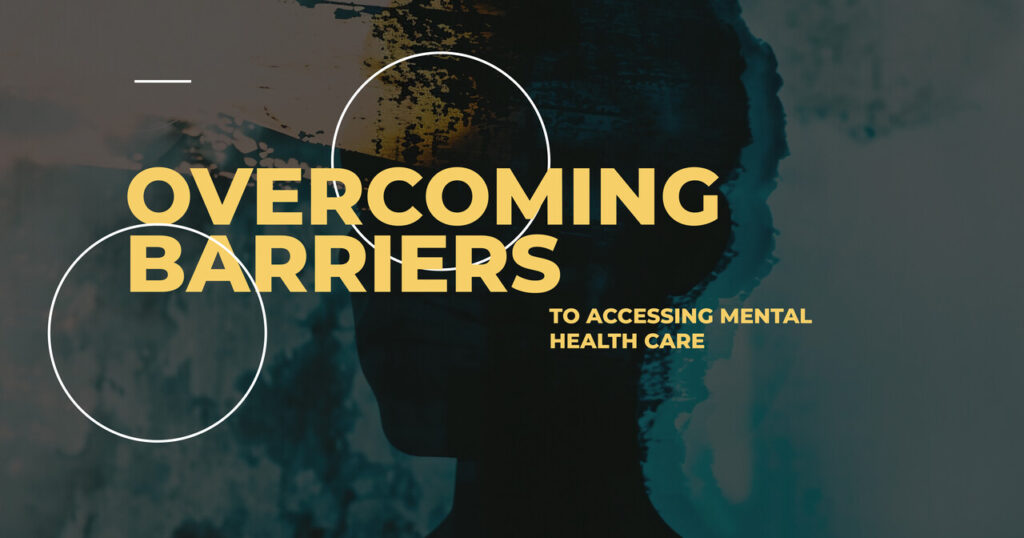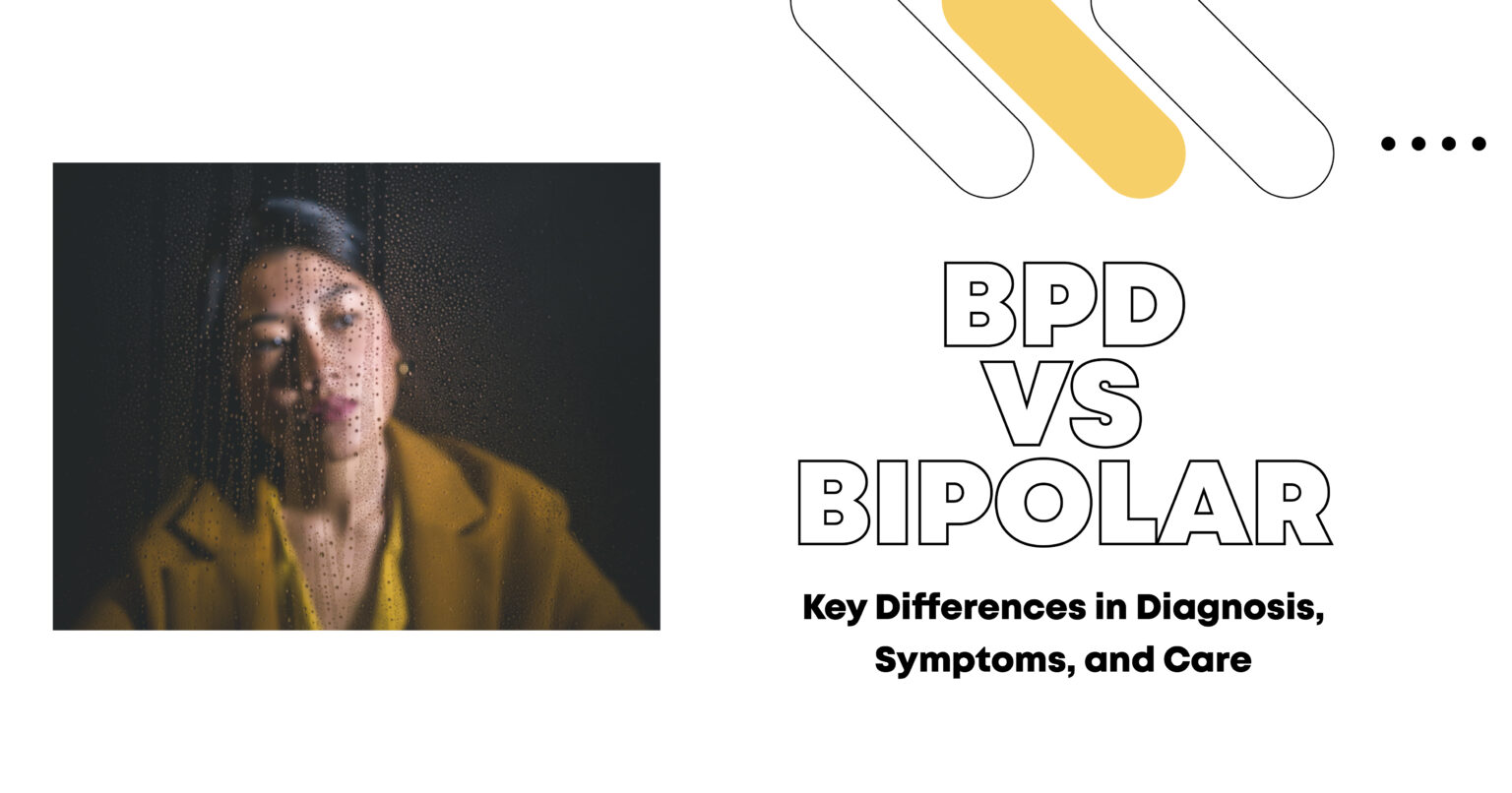Navigating the maze of mental health care can be challenging. From the stigma surrounding mental illness to logistical challenges, many barriers can hinder access to necessary support. But here’s the good news: these obstacles can be overcome with awareness and effort. This article dives deep into the various barriers to treatment in accessing mental health services and offers practical strategies to tear them down, ensuring everyone gets the help they need.
The Stigma Surrounding Mental Health
The Problem of Stigma
One of the biggest hurdles in accessing mental health services is the pervasive stigma attached to mental health conditions. People often fear judgment or ridicule, which can deter them from seeking help. This stigma can manifest in various ways:
- Self-Stigma: Internalizing negative beliefs about mental illness, leading to shame and reluctance to seek mental health treatment.
- Public Stigma: Societal attitudes that label people with mental illnesses as dangerous, incompetent, or to blame for their condition.
- Structural Stigma: Institutional policies and practices that limit opportunities and resources for individuals with mental health challenges.
Breaking the Stigma
Overcoming the stigma requires a multifaceted approach:
- Education and Awareness: Promoting accurate information about mental health and challenging misconceptions is vital for improving mental health literacy.
- Advocacy and Support Groups: Empowering individuals to share their experiences and support each other can strengthen community outreach and help tackle mental health concerns.
- Media Representation: Encouraging positive portrayals of mental health issues in media to change public perception.
Shine Mental Health
Financial Barriers to Mental Health Care
The Cost of Care
Financial constraints are a significant barrier to accessing mental health treatment. Therapy sessions, medications, and hospital stays can be expensive, often leaving those in need unable to afford treatment. According to the National Alliance on Mental Illness (NAMI), financial barriers are one of the key components hindering access to mental health services.
Strategies to Mitigate Financial Barriers
- Insurance Coverage: Ensuring mental health services are covered by health insurance policies can help alleviate cost outcomes and improve access to care.
- Sliding Scale Fees: Clinics offer services at a reduced cost based on the patient’s ability to pay.
- Community Health Programs: Accessing free or low-cost services provided by community organizations can support vulnerable populations facing financial constraints.
Logistical Barriers
Geographical Challenges
In many areas, particularly rural ones, there may be a lack of mental health care providers. This can make accessing care physically tricky or even impossible, creating numerous barriers to treatment.
Solutions to Geographical Barriers
- Telehealth Services: Utilizing online platforms to connect patients with mental health professionals, regardless of location, can broaden access to behavioral health services.
- Mobile Clinics: Bringing mental health services directly to underserved communities is an effective strategy for increasing access.
- Transportation Assistance: Providing rides to and from appointments for those without reliable transportation can help overcome logistical challenges.
Cultural and Language Barriers
Cultural Sensitivity
Different cultures have varied perceptions and attitudes toward mental health. For some, seeking help may be seen as a weakness, or there may be a lack of culturally competent health care providers who understand their specific needs.
Overcoming Cultural Barriers
- Culturally Competent Care: Training health care providers to understand and respect cultural differences is essential.
- Bilingual Services: Offering services in multiple languages to cater to non-English speakers can enhance accessibility.
- Community Engagement: Collaborating with cultural leaders and organizations to promote mental health awareness and services is vital for improving outreach.
Shine Mental Health
Knowledge and Awareness Barriers
Lack of Information
Many people simply don’t know where to turn for mental health care or are unaware of the resources available to them. This lack of knowledge can prevent individuals from seeking the help they need.
Increasing Awareness
- Public Health Campaigns: Launching initiatives to educate the public about mental health care resources can improve mental health literacy.
- School Programs: Implementing mental health education in schools can inform students about available services, including mental health providers.
- Healthcare Provider Training: Ensuring primary care providers can offer referrals to mental health services is crucial for bridging the gap.
Navigating the Healthcare System
Complexity and Confusion
The mental health care system can be complex and difficult to navigate. Patients may face challenges in understanding their options, finding providers, and dealing with health insurance.
Simplifying Access
- Patient Navigators: Employing professionals to help patients understand their care options and navigate the system can streamline access to mental health services.
- Streamlined Referral Processes: Simplifying the process of getting referrals from primary care providers to mental health specialists can enhance treatment pathways.
- Integrated Care Models: Combining physical health and mental health services to provide comprehensive care in one location is a key strategy in modern healthcare reform.
FAQs about Overcoming Barriers to Accessing Mental Health Care
How can I find affordable mental health care?
Look for community health centers, non-profit organizations, and clinics that offer sliding scale fees. Additionally, check if your health insurance covers psychological health services.
What if there are no mental health providers in my area?
Consider using telehealth services to connect you with mental health professionals remotely, which can be particularly beneficial for individuals in rural settings.
How can I overcome the stigma of seeking mental health care?
Education and talking openly about mental health can help reduce mental health stigma. Joining support groups can also provide a sense of community and acceptance.
Are there resources available for non-English speakers?
Many clinics offer bilingual services, and online resources and hotlines are available in multiple languages to cater to diverse populations.
How can I navigate the mental health care system?
Seek the help of patient navigators or case managers who can guide you. Integrated care models can also simplify access by offering multiple services in one location.
Shine Mental Health
Wrapping It Up: The Path Forward
It’s crucial to remove obstacles that prevent people from accessing mental health care, ensuring everyone can get the support they require. We can improve psychological health care for all by addressing issues like shame, financial difficulties, transportation challenges, cultural and language differences, and the complexities of the system. This can be achieved through educating individuals, advocating for change, and discovering innovative solutions to make seeking help easier. Together, we can create a more inclusive and supportive environment for mental health care that addresses the needs of American adults, students, and all individuals facing mental health challenges.







